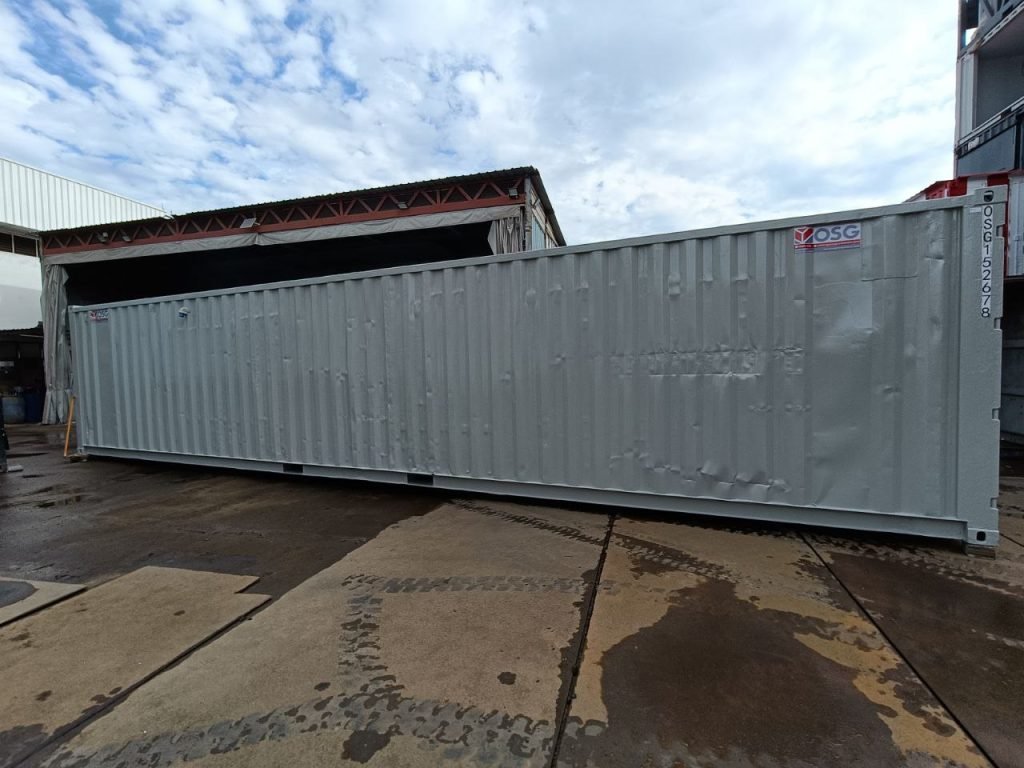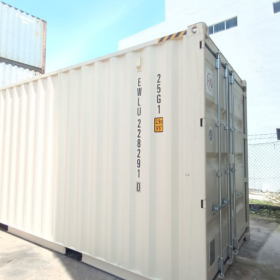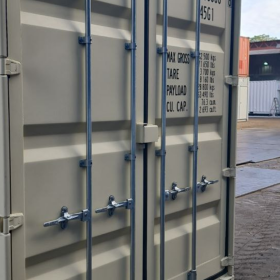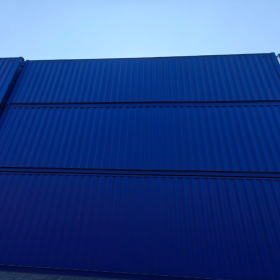Weather Protection for Security Booths: How to Keep Guards Comfortable Year-Round

In an era where security is paramount, the comfort and effectiveness of security guards are critical. One often overlooked aspect of maintaining high security standards is ensuring that security booths are adequately protected from the elements. Weather protection for security booths is not just about shielding guards from rain, snow, or intense heat; it’s about creating an environment where they can remain alert and perform their duties effectively throughout the year. This article explores various strategies for weatherproofing security booths to keep guards comfortable and operational all year round.
1. Understanding the Challenges
Security booths are positioned at entry points, often exposed to the harshest weather conditions. Whether it’s freezing temperatures, sweltering heat, or heavy rainfall, guards in these booths face a range of environmental challenges. These conditions can impact not only the comfort but also the health and performance of security personnel. Therefore, it’s essential to address these challenges with effective weather protection solutions.
2. Insulation and Temperature Control
- Insulation
Good insulation is key to maintaining a comfortable temperature inside the security booth. Insulated walls, floors, and ceilings can significantly reduce the impact of external temperatures. Materials such as spray foam, fiberglass, or cellulose can be used to insulate booths effectively. Proper insulation not only keeps the temperature stable but also reduces the energy required for heating or cooling, leading to cost savings. - Heating and Cooling Systems
For temperature control, installing a reliable heating system for cold weather and an air conditioning unit for hot climates is crucial. Electric heaters or infrared heaters can provide warmth in colder months, while energy-efficient air conditioning units can keep the booth cool during summer. Ensuring that these systems are properly maintained and serviced will guarantee their efficiency and reliability.
3. Weather-Resistant Materials
- Exterior Materials
The exterior of the security booth should be constructed from weather-resistant materials. Durable siding materials, such as vinyl, metal, or composite, can withstand harsh weather conditions. These materials are not only resistant to rain and snow but also to UV rays, which can cause fading and deterioration over time. - Windows and Doors
Windows and doors are vulnerable points in weatherproofing. Installing double-glazed or insulated windows can help prevent heat loss and reduce condensation. Weatherstripping around doors and windows will prevent drafts and leaks, ensuring that the booth remains well-insulated. Additionally, using heavy-duty doors with proper seals can protect against wind and water intrusion.
4. Ventilation
Proper ventilation is essential for maintaining air quality and comfort inside the booth. Good ventilation helps in controlling humidity levels and prevents condensation, which can lead to mold growth and damage to the booth’s interior. Installing adjustable vents or an HVAC system with ventilation capabilities can ensure a steady flow of fresh air and a comfortable environment for guards.
5. Rain and Snow Protection
- Roofing
The roof of the security booth must be designed to handle precipitation effectively. A sloped roof can prevent snow accumulation and facilitate water runoff. Additionally, using high-quality roofing materials that are resistant to water and ice can prevent leaks and prolong the life of the booth. - Drainage
Proper drainage systems around the booth are crucial to avoid water pooling and potential flooding. Installing gutters and downspouts can direct rainwater away from the booth’s foundation. Ensuring that the ground around the booth is properly graded will also help in preventing water from accumulating near the structure.
6. Maintenance and Regular Inspections
Regular maintenance and inspections are vital to ensuring that weather protection measures remain effective. Periodic checks of insulation, heating and cooling systems, windows, doors, and exterior materials can help identify and address issues before they become significant problems. Keeping up with maintenance not only extends the life of the booth but also ensures that guards remain comfortable and effective in their roles.
Conclusion
Weather protection for security booths is essential for maintaining the comfort and efficiency of security personnel. By implementing effective insulation, using weather-resistant materials, ensuring proper ventilation, and addressing rain and snow protection, facility managers can create a secure and comfortable environment for guards. Regular maintenance and inspections further ensure that these measures remain effective over time. In turn, this contributes to the overall effectiveness of security operations and the well-being of the guards who play a crucial role in maintaining safety and security.
Investing in weather protection for security booths is not just about enhancing comfort; it’s about ensuring that guards are always at their best, regardless of the weather conditions outside.





